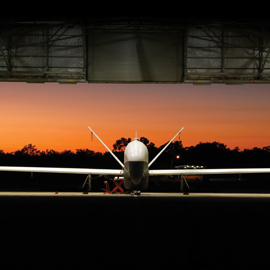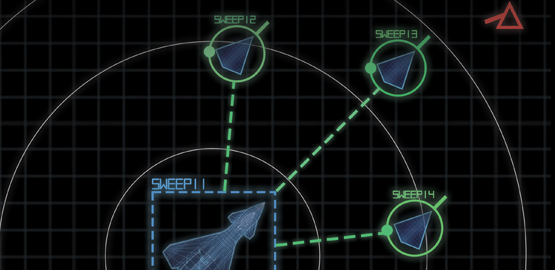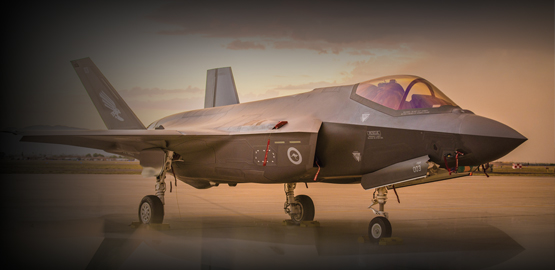Publications
"Nobody does defense policy better than CSBA. Their work on strategic and budgetary topics manages to combine first-rate quality and in-depth research with timeliness and accessibility—which is why so many professionals consider their products indispensable." – Gideon Rose, Editor of Foreign Affairs, 2010-2021
The Lost Art of the Bargaining Chip? The Case for Gaining Negotiating Leverage for Nuclear Arms Control With Russia and China
Over the past decade, as Russia and China have enhanced their nuclear capabilities, the United States has sought to negotiate arms control arrangements that would avoid a new nuclear arms race. So far, however, those efforts have proven unsuccessful. As a result, Washington is on track to confront an authoritarian axis of two nuclear peer competitors over the next decade. Meanwhile, its planned nuclear posture still reflects a far more benign threat environment.
Understanding NATO’s Concept for Deterrence and Defense of the Euro-Atlantic Area
NATO, the largest and most powerful military alliance in history, turned seventy-five in April. In July, the leaders of NATO will return to the city where its founding document, the Washington Treaty, was signed in 1949. Most people have heard of NATO. Fewer know its most important document is the Strategic Concept, which is updated every decade or so, and sets the Alliance’s strategy. An even smaller group know about NATO’s “Concept for Deterrence and Defence of the Euro-Atlantic Area.”
2023 Annual Report
For nearly three decades, CSBA has provided consistent, high-quality, and innovative research on defense strategy, budgets, and the security environment.
An Ongoing and Necessary Renaissance: NATO’s Nuclear Posture
President Putin’s nuclear saber-rattling while the war in Ukraine has raged, along with lurid nuclear threats by Russian officials and propagandists, have once again focused attention on NATO’s nuclear mission. As the alliance approaches a summit in Washington later this summer, it is an appropriate time to review its nuclear posture.
Extending Deterrence by Detection: The Case for Integrating Unmanned Aircraft Systems Into the Indo-Pacific Partnership for Maritime Domain Awareness
In May 2022, the “Quad” nations — the United States, Australia, Japan, and India — announced the creation of the Indo-Pacific Partnership for Maritime Domain Awareness (IPMDA) to monitor illegal fishing, humanitarian crises, maritime security, marine conservation, and related issues in the region. IPMDA’s most significant activity involves disseminating unclassified data collected by commercial satellites to improve the common operating picture of participating nations and bolster information sharing across regional fusion centers, including in India, Singapore, the Solomon Islands, and Vanuatu.
The Decisive Decade: United States–China Competition in Defense Innovation and Defense Industrial Policy in and Beyond the 2020s
In the long-term competition between the United States and China, the competitive edge will be decided not only by who more effectively fields current capabilities and strategies, but also by which state's techno-security system can most effectively develop and field new technologies for strategic, dual-use, and defense applications. Although both states recognize the need to prevail in the techno-security competition, the two have drastically different approaches to defense innovation and defense industrial policy.

























